10 December 2024
Imagine this: You boot up a new video game for the first time. The screen fades in, and before you even see a single frame of gameplay, you're greeted with a sweeping orchestral melody or an eerie, foreboding hum. Maybe you hear the delicate patter of rain or the metallic crunch of boots on gravel. You haven’t even pressed a button yet, but you already feel something. That, my friend, is the power of music and sound design at work. It’s not just about filling the silence—it's about grabbing you by the ears and saying, "Hey, listen up! This is the vibe."
Sound might not be the first thing you think about when playing games (hello, stunning graphics!), but it’s often the unsung hero of the experience. In this article, we’re diving headfirst into how music and sound design weave their magic, creating unforgettable first impressions in games. Ready to tune in?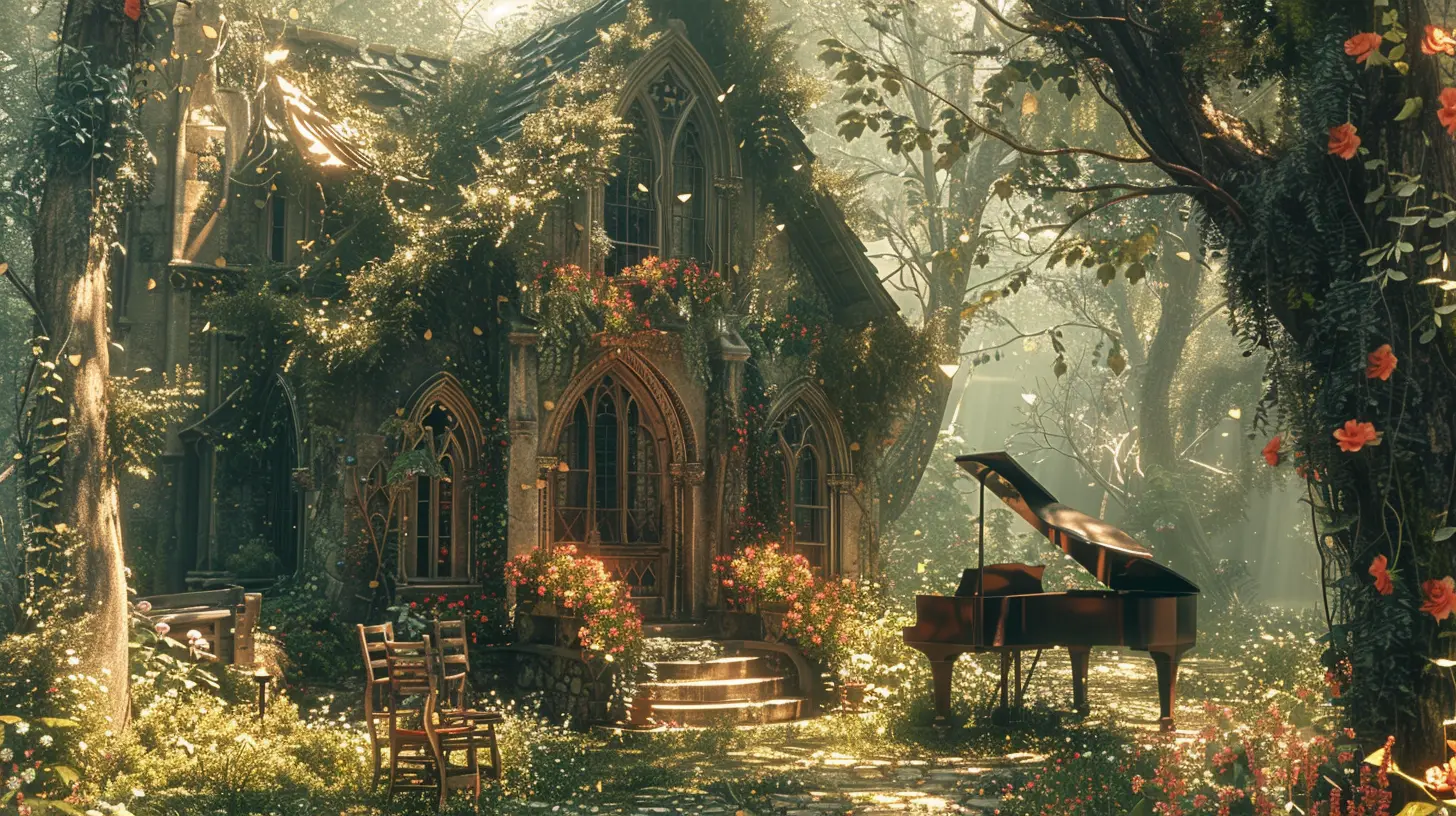
Why First Impressions Matter in Gaming
Let’s be real—first impressions are everything. Whether it’s meeting someone new, trying out a restaurant, or launching a game, those initial moments are what stick with us. Games, in particular, live or die by their ability to hook us right off the bat.When you start a game, you’re stepping into an unknown world. You’re forming opinions about the mood, the stakes, and the story—often in mere seconds. Music and sound design set the stage, acting like a spotlight that tells you where to look and how to feel. Think of it as the game whispering in your ear, “This is gonna be epic!” or “Brace yourself; it’s about to get creepy.”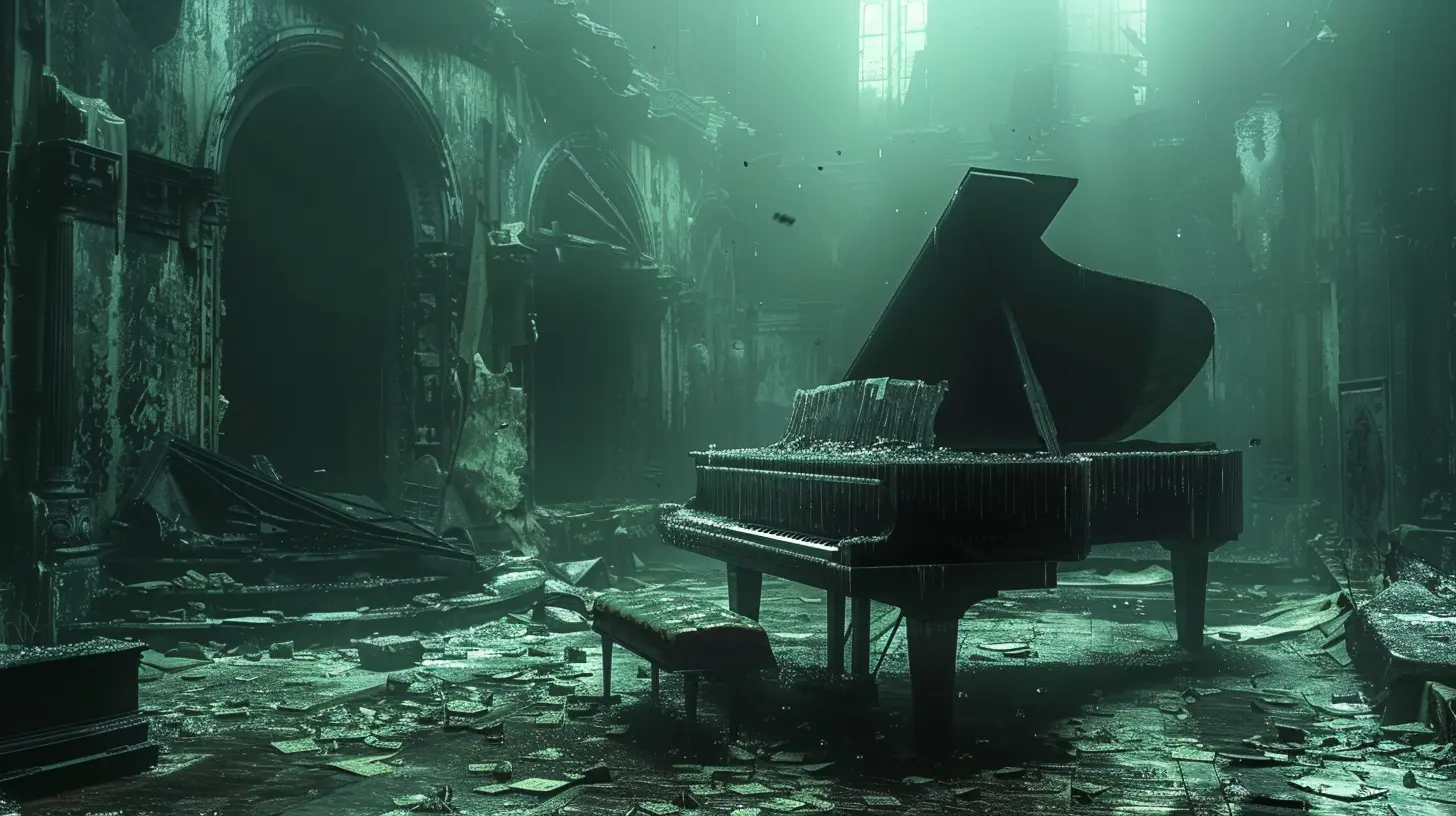
The Role of Music in Setting Tone
1. Mood-Making Magic
Ever notice how a cheery tune can lift your spirits while a somber melody can send a chill down your spine? Music is the emotional backbone of a game, and in those crucial first moments, it preps you for what’s to come.Take The Legend of Zelda: Breath of the Wild, for instance. When you first wake up as Link and step out into the vast, open world, you’re greeted by soft, almost minimalist piano notes. It’s calm yet tinged with curiosity, mirroring the sense of wonder and exploration the game is all about. Without that music, the scene wouldn’t hit nearly as hard.
2. Memorability Factor
The best game music becomes iconic. Think about the opening note of Super Mario Bros. or the haunting chime from The Elder Scrolls: Skyrim. These tunes stick in your mind because they encapsulate the essence of the game. First impressions aren’t just about emotions—they’re about creating lasting associations that keep players coming back.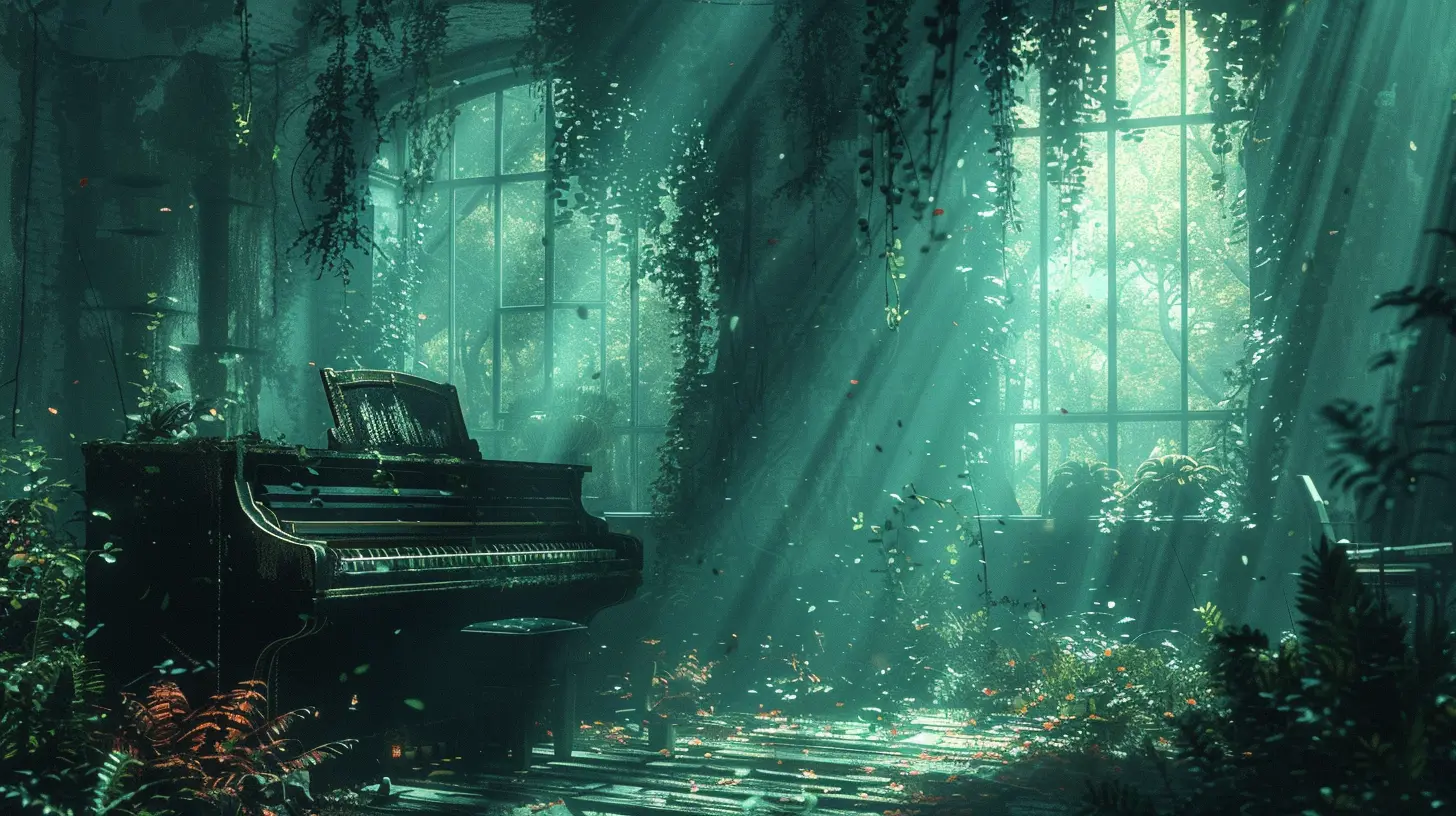
Sound Design: The Unsung Hero
1. The Little Details Make a Big Impact
Sound design is like the seasoning in your favorite dish: you don’t always notice it, but you’d miss it if it weren’t there. Those subtle auditory cues—like the satisfying rustle of leaves in a forest or the crunch of snow underfoot—help immerse you in the game’s world.In The Last of Us, for example, every creak of a floorboard or distant groan of an infected adds to the tension. Even minor sounds like Ellie’s backpack shifting as she moves make the game feel more real. These little details convince your brain that you’re not just playing a game—you’re living it.
2. Creating Atmosphere
Atmosphere is everything in gaming, and sound design is its secret weapon. Horror games, in particular, owe a lot of their spine-tingling success to sound. Remember Silent Hill? The eerie, industrial soundscapes practically oozed dread, setting the tone long before you even encountered a single monster.Even in non-horror games, sound can transport you. Picture the bustling streets of Grand Theft Auto V. The chatter of pedestrians, the distant wail of sirens, and the roar of engines create a living, breathing world that feels convincing from the get-go.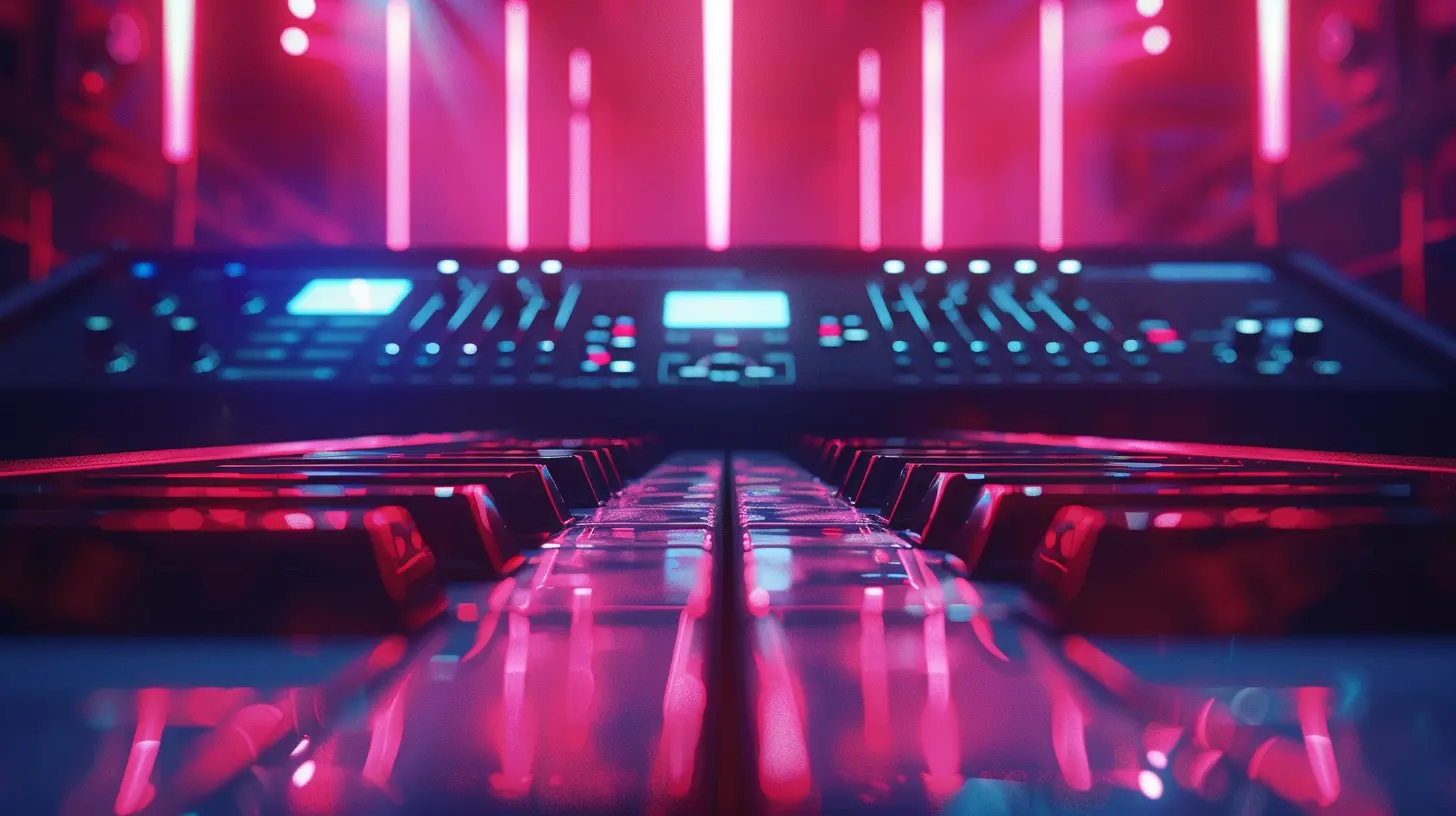
How Music and Sound Shape Player Emotions
Games are all about connection. You’re not just watching something unfold—you’re feeling it. Music and sound design are the puppet masters pulling the strings of your emotions.1. Building Anticipation
Think about those moments when the music suddenly drops away, leaving you in a tense silence. You know something’s coming, and the absence of sound ramps up your nerves tenfold. Or consider how an escalating soundtrack can make a boss fight feel even more intense. That’s no accident—it’s brilliant design.2. Creating Empathy
In narrative-driven games, music can help you connect with characters on a deeper level. Tear-jerking moments in games like Life is Strange wouldn’t be half as impactful without the right soundtrack to back them up. The music tells you what the characters can’t, bridging the gap between the screen and your heart.The Psychology Behind the Sound
Why does music hit us so hard? It’s all thanks to how our brains work. Sound and music trigger our brain’s reward system, releasing feel-good chemicals like dopamine. This isn’t just fun science—it’s why certain games feel so unforgettable.When you hear a specific melody or sound effect repeatedly, your brain forms associations. That triumphant jingle when you complete a level? Pure dopamine. And the eerie whispers in a horror game? Instant fight-or-flight response. Game developers understand this psychology and use it to craft experiences that linger long after you’ve powered down.
Examples of Games That Nail It
Let’s give some love to the games that absolutely crush it when it comes to music and sound design:1. Journey
This indie masterpiece is practically a love letter to music and sound. Austin Wintory’s Grammy-nominated score adapts dynamically to your actions, turning every moment into a breathtaking symphony. It’s all about emotion and connection, and the sound design is a big part of what makes the game so moving.2. DOOM (2016)
On the flip side, DOOM is a headbanger’s paradise. Mick Gordon’s heavy metal soundtrack doesn’t just accompany the gameplay—it fuels it. The pulsating beats sync perfectly with the action, making every demon-slaying moment feel like a glorious battle anthem.3. Ori and the Blind Forest
Ori’s ethereal soundtrack and ambient soundscape are pure magic. The music swells at just the right moments, pulling at your heartstrings and immersing you in the game’s beautiful, melancholic world. It’s a shining example of how sound can elevate storytelling.What This Means for Developers and Players
For developers, the takeaway is clear: never underestimate the power of music and sound design. Skimping on audio is like serving a gourmet meal without seasoning—it’s just not the same. Investing in top-tier sound can transform a good game into a great one.For players, it’s a reminder to stop and appreciate the auditory artistry that goes into your favorite games. The next time you fire up a game, pay attention to those subtle soundscapes and epic melodies. They’re working hard to make your experience unforgettable.
Wrapping It Up
Music and sound design are the unsung heroes of gaming, crafting first impressions that stick with us long after the credits roll. They set the tone, build the atmosphere, and tug at our emotions in ways we often don’t even realize. From the iconic tunes of Super Mario Bros. to the haunting soundscapes of Silent Hill, audio is a treat for the senses that no gamer should overlook.So, the next time you dive into a new game, take a moment to listen. Really listen. You might just find that the sound is telling you a story all its own.

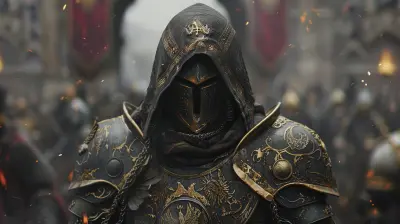

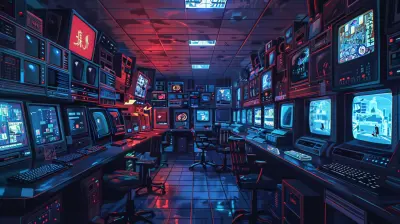

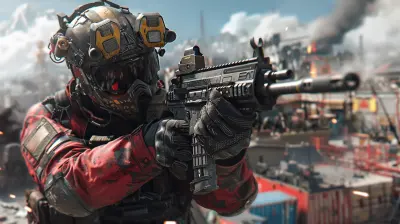
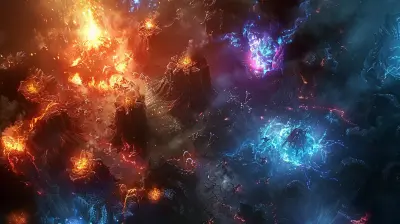
Allison Wolfe
Music and sound design are the unsung heroes of gaming. They shape our emotions and create an immersive atmosphere that captivates players from the very first moments. A well-crafted auditory experience can transform a game, forging unforgettable connections between players and their virtual worlds.
January 28, 2025 at 5:22 AM